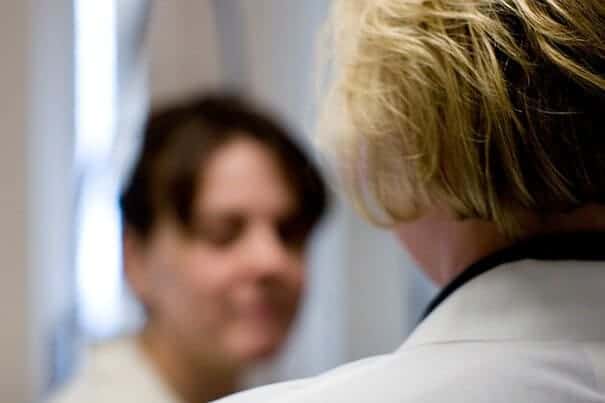A discernible gender gap exists in earnings by physicians working across a range of occupations in the United States.
That is the finding in a new study, “Trends in the Earnings of Male and Female Health Care Professionals in the United States, 1987 to 2010,” co-authored by Amitabh Chandra, professor of public policy at the Harvard Kennedy School (HKS). The paper was published in the Sept. 2 issue of JAMA Internal Medicine.
Chandra and his co-authors examined a range of data over a 23-year period, adjusting for hours worked in order to avoid overstating gender differences attributable to choices made by female physicians to work less. The analysis provided strong evidence that female physicians are underpaid compared to their male counterparts.
“Adjusted earnings of male physicians in 1987-1990 exceeded those of female physicians by $33,840 (20 percent). There was no improvement over time in the earnings of female physicians relative to male physicians,” Chandra writes. “Overall, the gender gap fell considerably outside of the health care industry but inconsistently within it.
“The gender earnings gap for registered nurses and pharmacists was smaller than for physicians and workers overall, and it fell over time. For dentists, physician assistants, and health care executives, the gender gap was greater than for workers in a non-health care occupation and fell consistently only for health care executives,” he argues.
The lessons for policymakers are evident, Chandra says.
“While it is important to study gender differences in earnings after accounting for factors such as specialty choice and practice type, it is equally important to understand overall unadjusted gender differences in earnings. We performed the latter study,” he writes. “This is because specialty and practice choices may be due to not only preferences of female physicians but also unequal opportunities. For example, are unadjusted earnings differences between male and female physicians due to a preference of female physicians for lower-paying specialties [pediatrics or primary care] or do female physicians have less opportunity to enter higher-paying specialties despite having similar preferences as male physicians? The etiology of the persistent gender gap in physician earnings is unknown and merits further consideration.”
Read the article on the JAMA Internal Medicine website.


